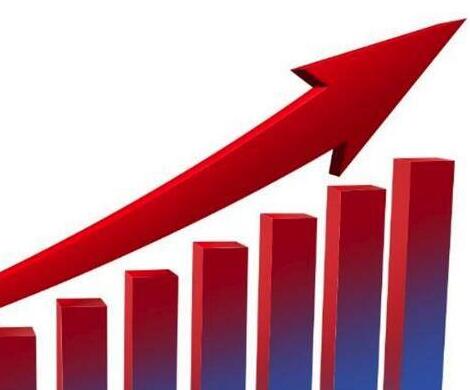Have to guard! US stocks welcome two major risks

Recently, U.S. stocks have continued their upward offensive after a wave of corrections. It is believed that it will not take long for the major U.S. stock indexes to regain lost ground and even reach new highs. However, two potential risks in the near future are worthy of investors' attention.
U.S. industrial output fell sharply
The unexpected decline in US manufacturing output in September, and the largest decline in seven months, further proved that supply constraints are hindering economic growth. The US economic growth rate in the third quarter may slow down sharply, which may have an impact on the US stock market.
Data show that US industrial production in September fell by 1.3% from the previous month, which was lower than the 0.2% increase expected by economists, the largest decline in seven months.
Manufacturing output fell by 0.7% in September, which was lower than economists’ expectations for an increase of 0.1%. It fell for two consecutive months and was the largest drop since February.
The August data was also revised downwards, from the previous month-on-month increase of 0.2% to a decrease of 0.4%. This is the second consecutive two-month decline in U.S. manufacturing output since the mandatory closure of non-essential businesses in April 2020 in response to the first wave of the new crown epidemic.
Supply shortage limits economic growth
The unexpected decline in factory production in the United States in September may reflect the backlog of supply chains and shortages of raw materials that hinder the manufacturing industry. The strong demand from companies and consumers keeps output at a high level, but this also leads to a backlog of orders because manufacturers have difficulty in obtaining raw materials and skilled labor. The lower-than-expected September data showed that producers continued to be dragged down by the chaos in the supply chain.
In addition to being affected by chip shortages, US manufacturing output in September was also dragged down by Hurricane Ada. The hurricane also severely disrupted mining production. Although the damage caused by the hurricane and the weather impact will subside, labor and product shortages are still getting worse, which will continue to suppress manufacturing output in the coming months and quarters.
The shortage of cars caused prices to soar, which in turn pushed up inflation and retail sales in September. The shortage of car supplies also hindered efforts to rebuild inventories. Rising inflation has led to a reduction in consumer spending, coupled with a slowdown in inventory growth, economists expect economic growth to slow sharply in the third quarter.
According to estimates by the Atlanta Fed, the third quarter of the US gross domestic product (GDP) growth rate was 1.2% year-on-year, which will be significantly lower than the 6.7% growth rate in the second quarter. In addition, investment banks such as Goldman Sachs and Morgan Stanley have repeatedly lowered their GDP estimates for the United States.
The Fed may become radical
The shortage of supply has caused prices to rise, and the Fed’s view that "inflation is temporary" has long since been self-defeating.
Data show that in September, the CPI rose 5.4% year-on-year, slightly higher than market expectations of 5.3%, and for the fifth consecutive month, it increased by more than 5% year-on-year, the highest level since July 2008. The monthly core CPI rate in September recorded 0.4%, which was also higher than the expected 0.3%.
The Federal Reserve Bank of New York released a report that the median short- and medium-term inflation expectation in September reached 5.3%, achieving 11 consecutive months of rising, and rising to the highest level since the launch of the 2013 consumer survey. The Fed had previously predicted that as of the end of this year, the US inflation index will reach 4.2%.
High inflation may force the Fed to become aggressive. The latest minutes of the Fed’s meeting suggest that it may begin to reduce its stimulus plan for the economy during the crisis in mid-November, but they still have differences on how big the threat of high inflation is and how quickly they need to raise interest rates to deal with it.
But the market has already given the answer. The interest rate implied in the US federal funds rate futures shows that the market expects the probability of the Fed to raise interest rates, which is expected to be as high as 90% in September next year.
U.S. stocks may suffer a double blow
Based on the current signs, the slowdown in economic growth in the third quarter of the United States may be a high probability event, and the Federal Reserve will soon start to reduce it, and the probability of future interest rate hikes is also increasing. U.S. stocks may face a double blow in the fourth quarter. .



